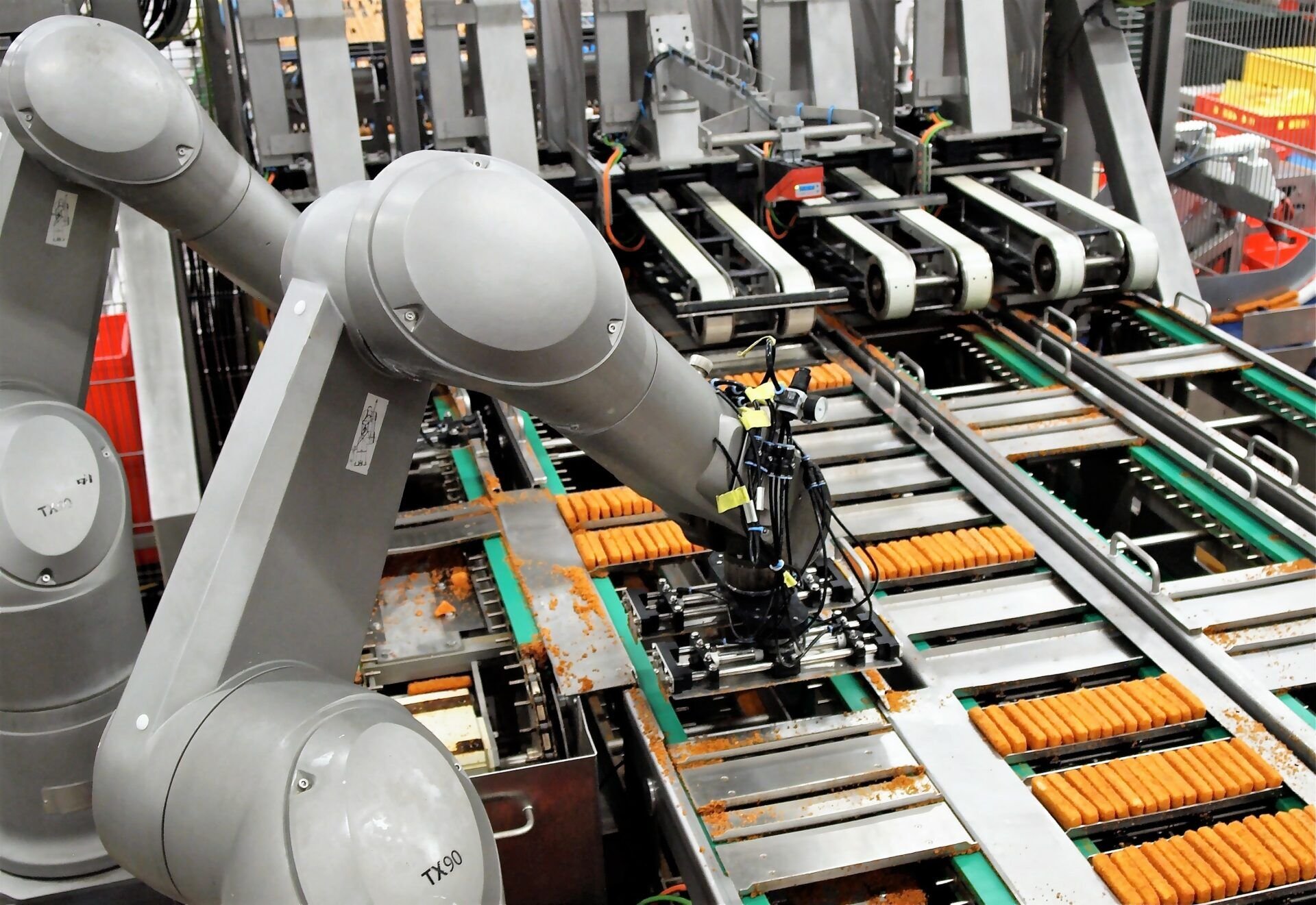When it comes to primary food handling and packing tasks, the take up of robotics has been much slower than in other applications and this has been put down to a number of factors. In no particular order, these include: lack of flexibility to handle differing product types and small batch runs, high capital costs, cleanliness of robots & suitability for high care operations, lack of on-site skills to programme or maintain robots and so the list goes on. Later in this article we will look at each of those so called barriers to adoption in more detail, to see whether in 2020 these barriers are valid when it comes to robotics for food handling, or just a myth. Firstly however, let us look at the benefit that the adoption of primary food handling robots would bring to food manufacturers.
The Benefits of Robotics for Primary Food Handling
We must by now all be aware of the labour shortages facing many food manufacturers which is forecast not only to continue but increase over the next decade. Primary handling and packing tasks are where the majority of labour is deployed within most manufacturing processes. Therefore, the adoption of robots to perform primary tasks would free up existing resources, some of whom could be retrained to perform other tasks such as line minders and quality inspectors.
The Causes of Concern
One of the major areas that causes concern when human resources are used for primary tasks is lack of product consistency or conformity. Robots are very precise and will assemble or handle a product in a very organised manner therefore improving the consistency or conformity of the finished product. There are even situations where programmes have been created to simulate a ‘hand finished’ look for an artisanal feel.
When automation is successfully deployed, ROI (return on investment) can be quick, due to increases in productivity and associated reduction in labour costs. The reason we use the words ‘successfully deployed’ is due to the fact that many automation deployments aren’t very successful and often cause a drop in OEE. However, the effects of which can be masked by the associated labour cost savings, unless OEE is measured both prior to and post installation. A truly ‘successful deployment’ is one in which OEE and line profitability are both improved. One way to improve the chances of having a successful deployment is to have a simulation prepared of the proposed automation, including a cycle time analysis etc. There are of course, a number of other ways to improve the chances of a successful deployment including, a well written scope of supply document, having a proof of principle budget to run pre-production trials on the riskiest areas of the automation, realistic timescales and budgets, a well executed project plan, an experienced systems integrator, operator training before the automation reaches site, and so the list goes on.
Earlier we looked at the reasons often stated for the lack of take-up for robotics for food handling and packing tasks, now let’s look at these in more detail:

